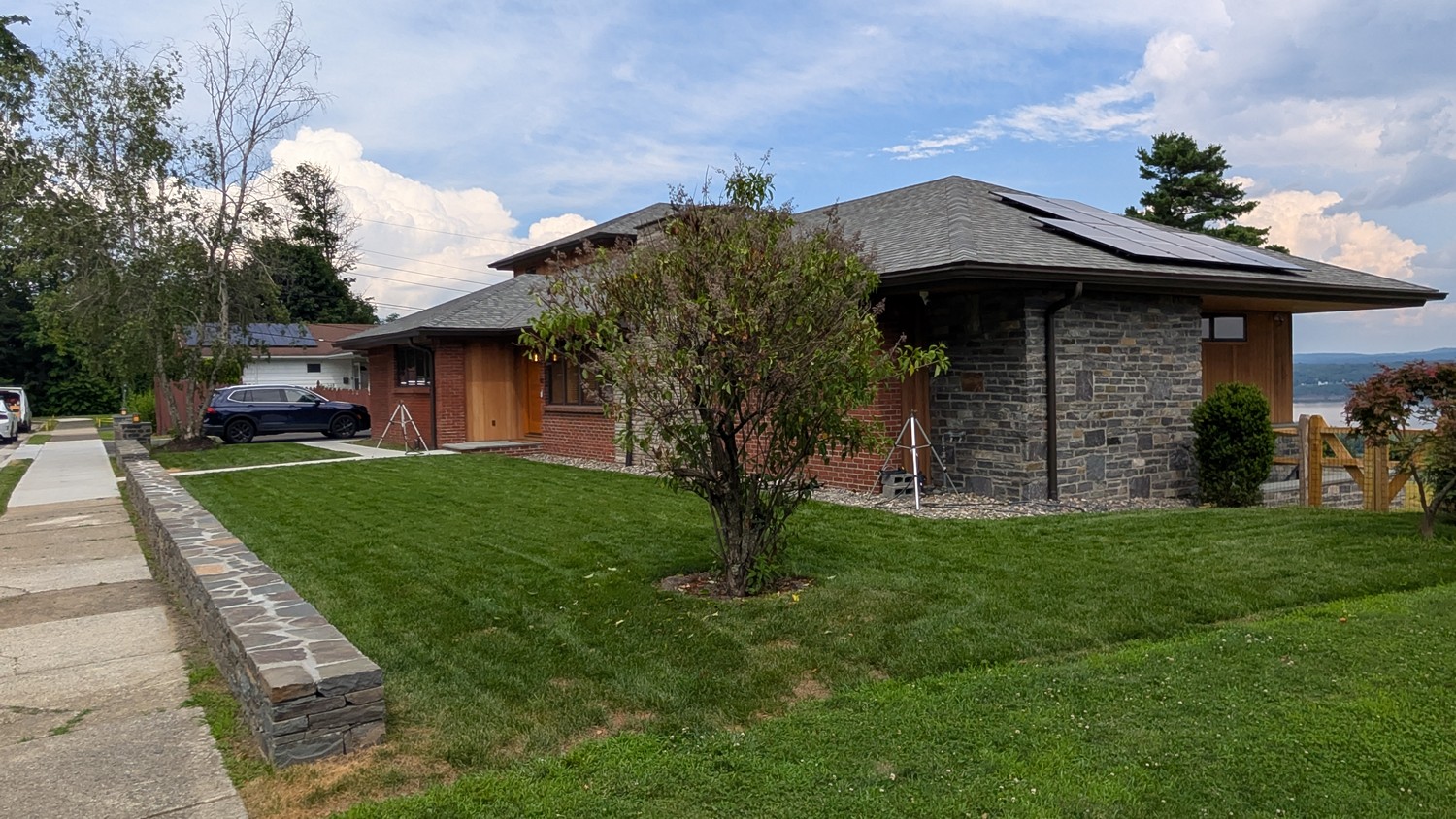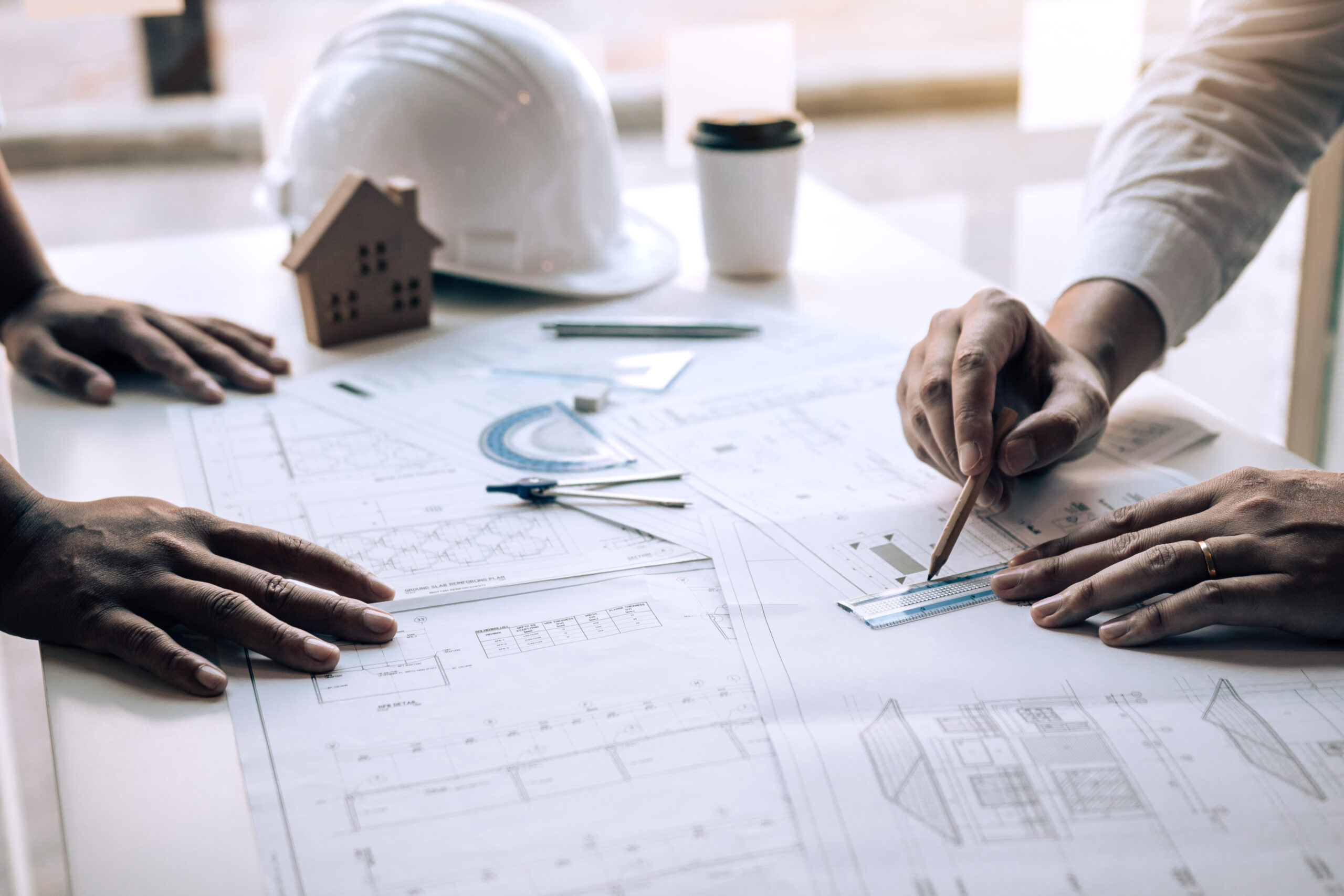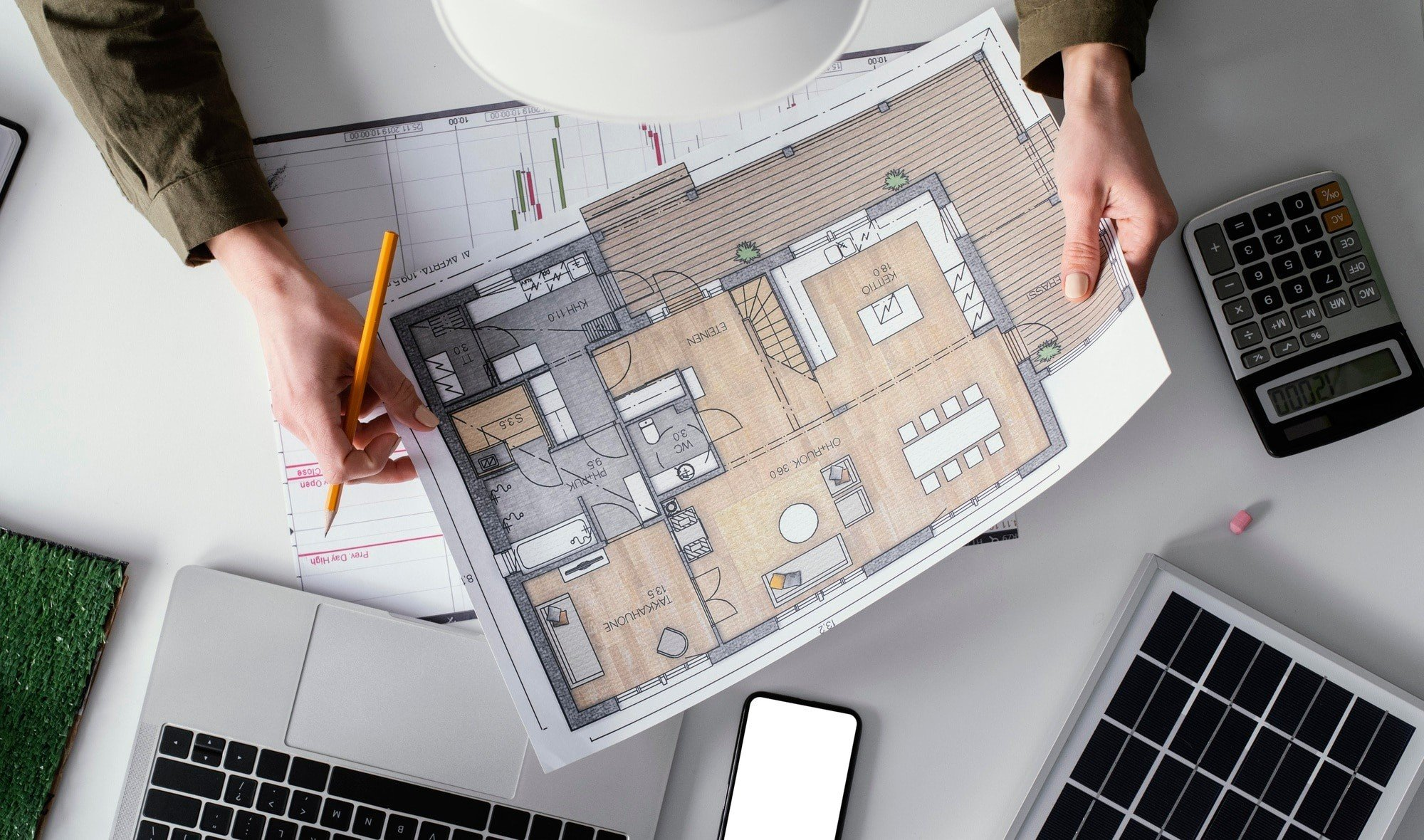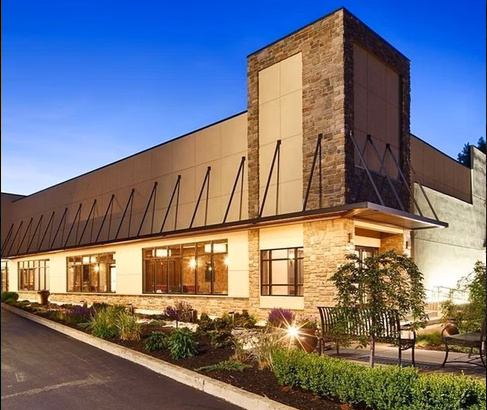Designing and building a Passive House in New York isn’t just about hitting numbers, it’s about responding to our unique climate, landscape, and way of life in the Hudson Valley. The principles of energy efficiency and comfort only make sense when they are adapted to the realities of living here: cold winters, humid summers, and the rich architectural heritage that defines our towns and villages. A Passive House must feel at home in this environment, blending high-performance standards with the aesthetics and traditions that make this region so distinctive.
Over the years, we’ve worked with clients from Kingston to Woodstock and beyond, exploring what it means to build smarter, healthier, and more sustainably. Each project has taught us something new about the balance between design, construction methods, and the daily rhythms of life in the Hudson Valley. Whether it’s a modern new build or a thoughtful retrofit of an existing structure, every Passive House in New York presents its own opportunities and challenges. These experiences have shaped not just our process, but also our philosophy: sustainability isn’t a trend, it’s a way of building resilience for the future.
In this post, we want to share our experience with Passive House design, not as a sales pitch, but as a reflection on what we’ve learned. Our goal is to give homeowners, architects, and anyone curious about this building standard a clearer sense of what’s possible in our region. We’ll cover what works, what’s worth reconsidering, and what every homeowner should know before pursuing a Passive House in this region. From the realities of air-tight construction to the importance of high-quality materials and local craftsmanship, our insights come from years of collaboration with people who, like us, believe that comfort, efficiency, and sustainability should go hand in hand.
What Is Passive House, Really?
Passive House (or Passivhaus) is more than just a buzzword, it’s a rigorous building standard that places energy efficiency, indoor comfort, and building durability at the heart of design. Unlike conventional construction, where performance can vary dramatically from one home to another, Passive House sets measurable benchmarks to ensure that every building achieves consistent results. It’s not about adding expensive technology for the sake of it; it’s about designing smarter from the very beginning.
We work with both PHIUS (Passive House Institute US) and international Passive House standards, depending on client goals and project needs. This flexibility allows us to tailor each project while maintaining the same core commitment: creating homes that use significantly less energy, last longer, and feel better to live in.
Key Principles of Passive House:
- Continuous air barriers – preventing leaks that cause drafts, wasted energy, and moisture problems.
- Superinsulated walls, roofs, and slabs – keeping indoor temperatures stable year-round, no matter the weather outside.
- High-performance windows and doors – designed to maximize natural light while minimizing heat loss or gain.
- Thermal bridge-free detailing – eliminating weak points in the structure where energy and comfort can be compromised.
- Balanced ventilation with heat recovery – ensuring fresh, filtered air indoors while recycling warmth instead of wasting it.
Each of these principles may sound simple on paper, but in practice, they require careful coordination between architects, builders, and trades. That’s where expertise matters.
As PHIUS Certified Passive House Consultants and Tradespersons, we’re trained in the nuances of designing for our specific climate zone in New York and the Hudson Valley. From adjusting insulation strategies for cold winters to managing humidity in the summer months, we know that every detail adds up to a healthier, more resilient home. And trust us, those details make all the difference when it comes to comfort and long-term performance.
Why Passive House in the Hudson Valley?
We live in a region that sees everything from deep winter freezes to hot, humid summers. That variability makes energy performance especially important. It’s also a region where many homeowners value sustainability, long-term cost savings, and comfort.
For us, Passive House principles are a natural extension of sustainable architecture in Kingston NY, something we’ve practiced for years, even before it was called Passive.
Local Benefits:
- Lower heating bills: We’ve seen reductions up to 80% compared to standard code-built homes.
- Exceptional comfort: No drafts, no cold spots, no overheating.
- Indoor air quality: Constant fresh air with heat recovery ventilation.
- Quiet interiors: Air sealing and insulation block out exterior noise.
When applied thoughtfully, these homes feel grounded, calm, and enduring, exactly the kind of architecture we believe in.
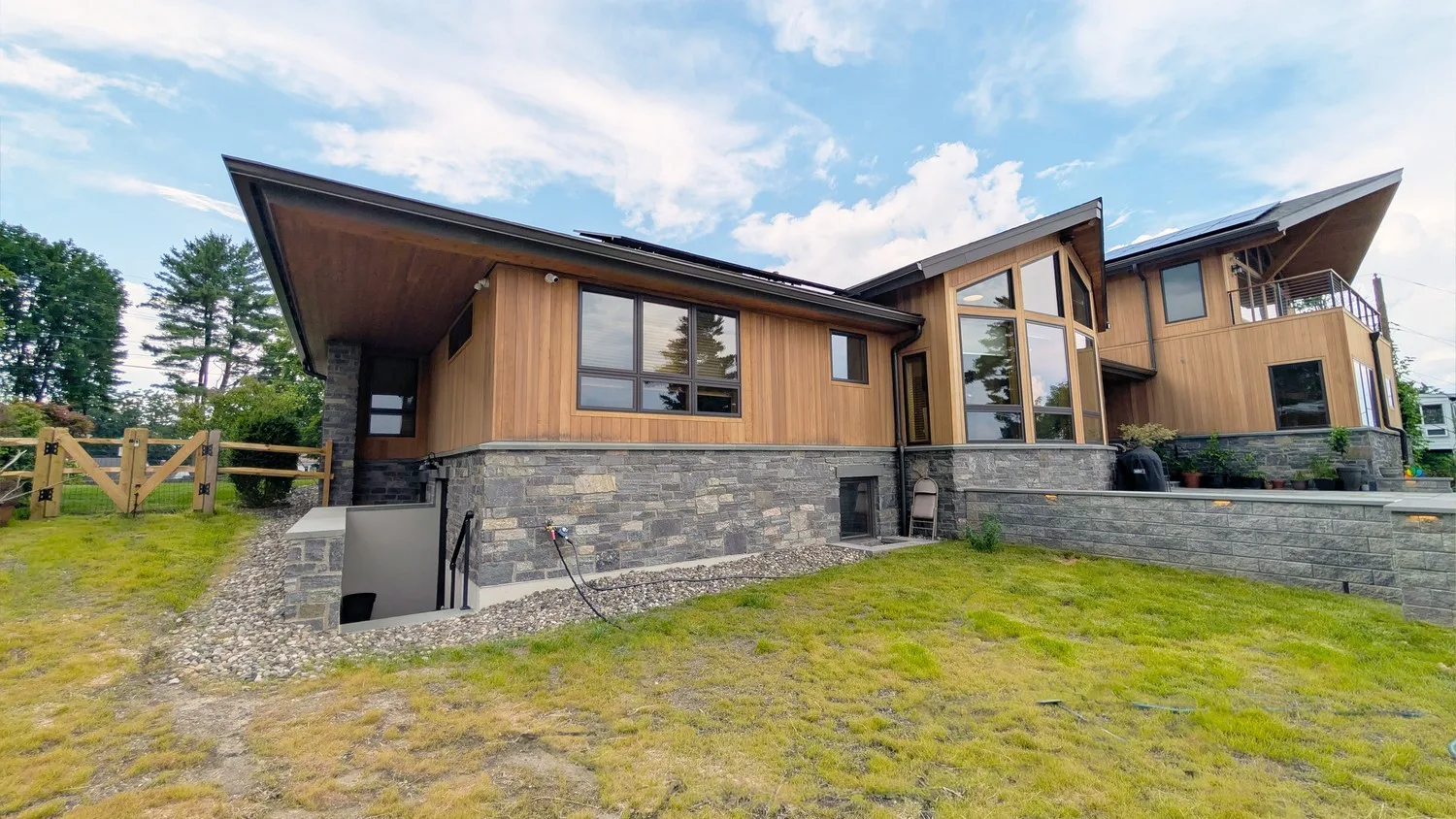
Site, Terrain, and Sun: Local Lessons
Every Passive House starts with the site. And in the Hudson Valley, no two sites are ever the same. From rocky ridges to forested slopes and open meadows, each location presents both opportunities and challenges that directly shape how a Passive House performs. Understanding terrain, orientation, and solar exposure is just as important as choosing insulation or windows, it’s the foundation for everything that follows.
Lesson 1: Orientation Is Everything
We worked on a project in Stone Ridge where even a small rotation of the building footprint transformed the home’s performance. By turning the main living spaces slightly south-southeast, we captured soft morning light and maximized winter sun, all without creating an overheating problem in July. That adjustment, though subtle, made the difference between a house that simply met performance targets and one that felt alive and comfortable year-round.
Shading plays an equally important role. In this region, summer sun can be intense, while winter sun is precious. To strike that balance, we often design deep roof overhangs, integrate pergolas into outdoor living spaces, and take advantage of deciduous tree cover. The result is a home that breathes with the seasons, cool in July, bright and welcoming in January.
Lesson 2: Not Every Site Is a Passive Site (Without Effort)
Some sites bring more complexity. We once had a project on a steep lot near Woodstock, where traditional placement would have required deep foundation walls, expensive to insulate and vulnerable to thermal bridging. Instead of forcing the design to fight the terrain, we adapted. The solution was a split-level plan that minimized excavation, reduced costs, and at the same time improved solar access for the main living areas.
These lessons highlight an important truth: designing and building a Passive House in New York isn’t about applying a one-size-fits-all formula. It’s about listening to the land, reading the sun, and making decisions that respect both performance goals and the natural character of the Hudson Valley. When site planning is done well, the house works with the environment rather than against it, setting the stage for every other Passive House principle to succeed.
Air Sealing: Where the Real Work Happens
When it comes to Passive House, air tightness is one of the most misunderstood, and most critical, pieces of the puzzle. A home can have all the insulation in the world, but if air leaks through gaps and cracks, performance suffers, comfort drops, and energy efficiency goals slip away. That’s why air sealing is often where the real work happens.
What We’ve Learned
- Details win the day. Every intersection, roof to wall, wall to foundation, window to opening—requires clear, buildable air barrier detailing. We don’t just sketch these as concepts; we draw them in full scale, making sure they’re practical for the crew on site. Precision here is what makes long-term airtightness possible.
- Testing is essential. Instead of waiting until the end of construction, we perform blower door tests at multiple stages. Early testing allows us to catch leaks when they’re easy to fix, rather than after finishes are in place. The process is iterative, but the payoff is a tighter, more durable home.
- Team matters. Airtightness isn’t the responsibility of one person, it’s a collective effort. Success depends on every trade understanding the importance of the air barrier. We regularly run walkthroughs with contractors, framers, and subs to explain what’s at stake and how each trade contributes.
One of our favorite comments came from a builder during a site test: “You guys actually care if it leaks.” The answer, of course, is yes, we do. Because in a Passive House, those leaks matter. Even small ones add up, eroding performance, reducing comfort, and compromising durability over time. When every joint is properly sealed and every connection carefully detailed, the result is a home that truly delivers on the promise of Passive House: efficiency, comfort, and resilience built into every square foot.
Windows and Doors: More Than Just Views
In standard projects, windows are often chosen late and installed with minimal thought. In Passive House projects, they’re central to everything.
We specify high-performance triple-pane windows with low U-values and tight seals. But equally important is how they’re installed, proper bucks, tapes, flashing, and alignment are all critical.
In one project, we created a window “shelf detail” that allowed south-facing glazing to receive winter sun and reflect it onto the ceiling for deeper daylighting. That same detail included a thermal break, insulation wrap, and drainage plane. Function meets elegance.
These are the kind of details we love to explore through our custom home design services.
Ventilation and Comfort: HRVs and ERVs Done Right
A properly designed Passive House doesn’t rely on oversized, complicated HVAC systems. Instead, comfort comes from smart design and efficient ventilation. The building envelope does most of the heavy lifting by keeping heat in during winter and out during summer. But for true comfort and health, every Passive House needs ventilation that’s carefully planned and executed.
What We Do
- Use balanced systems like Zehnder or Broan ERVs/HRVs. These systems provide continuous fresh air while recovering heat (or cooling energy) from the outgoing air. The result is a steady supply of clean indoor air without wasting energy.
- Carefully size ducting. Oversized ducts can waste space, while undersized ones cause noise and unnecessary pressure drops. By right-sizing ducting, we keep systems quiet and efficient.
- Strategic placement of inlets and returns. Where air enters and exits matters. We design systems so that fresh air flows naturally through key living spaces, like bedrooms and living rooms, while stale air is drawn out from kitchens, bathrooms, and utility areas. This ensures consistent air quality throughout the home.
- Pairing with mini-splits for heating and cooling. Ventilation alone isn’t meant to heat or cool the house. That’s where mini-split systems come in, efficient, flexible, and perfectly suited to Passive House performance. The key is thoughtful zoning so the system doesn’t overwork or create uneven temperatures.
The impact is something clients feel immediately. Indoor air quality consistently ranks as one of the top benefits of Passive House living. People often describe it in simple terms: “It just feels better in here.” That feeling isn’t just psychological, it comes from the combination of filtered, fresh air, consistent temperatures, and humidity control that standard homes rarely achieve.
In short, Passive House ventilation isn’t about doing more, it’s about doing it right. With the right design, an HRV or ERV system quietly supports comfort, health, and energy efficiency every single day.
The Cost Conversation: What’s Worth It?
Let’s talk numbers.
Passive House is more expensive to design and build, typically 5-15% more upfront, depending on site and complexity. But in every project we’ve done, clients have told us the benefits outweigh the costs.
Where to Invest:
- Envelope: Insulation, air sealing, and window performance pay back every year.
- Design: Good layout and sun orientation reduce mechanical loads.
- Ventilation: Worth every penny for comfort and health.
Where to Be Strategic:
- Go for Passive-inspired instead of full certification
- Prioritize what’s hard to change later (windows, envelope)
- Skip complexity: fewer corners, simpler forms help performance
Many clients ask us to design energy-efficient house plans that follow Passive principles without formal certification. That’s totally valid, and we support that approach.
Design Aesthetics: Passive Doesn’t Mean Boring
Some folks think Passive Houses all look the same—boxy, stripped-down, modernist. We disagree.
We’ve done:
- Modern barn-style homes with standing seam roofs
- Shingle-style houses with wraparound porches
- Timber-frame inspired plans with Passive performance inside
Because we’re modern home architects in the Hudson Valley, we know how to merge performance with local vernacular. Passive is not a style, it’s a standard. Your home should still reflect you.
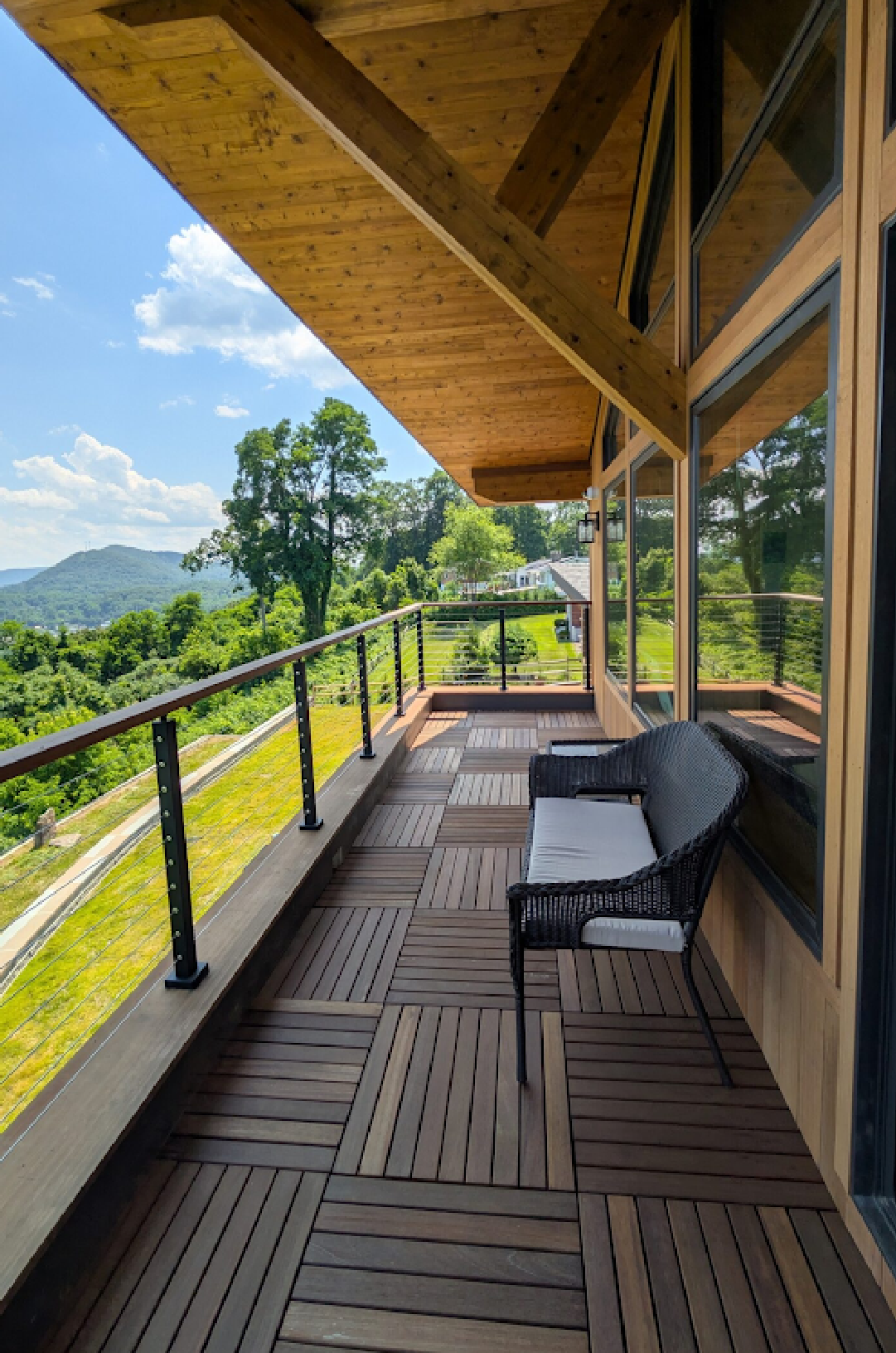
Design-Build or Design-Bid-Build?
When it comes to delivering a Passive House, the project structure matters almost as much as the design itself. The building standard is unforgiving, details can’t be left to chance, so the way designers, builders, and clients collaborate has a direct impact on both quality and cost. Over the years, we’ve worked successfully in both Design-Build and Design-Bid-Build models, and each has its strengths and challenges.
Design-Build
This model integrates design and construction under one team, which means:
- Better coordination between designer and builder. The people creating the drawings are in direct communication with the people building the home. That reduces misinterpretation and helps keep Passive House details intact.
- Easier to control quality during construction. From air barrier continuity to insulation installation, the design-build process gives us more oversight to ensure performance targets are met.
- Fewer surprises in budget. Because design and construction teams work together from day one, cost considerations are woven into the design process. Clients often find this approach more predictable and less stressful.
Design-Bid-Build
This is the more traditional approach, design first, then put the project out to bid. It can work well, but with Passive House there are important caveats:
- Works best with experienced Passive builders. If the general contractor and subs already understand Passive House systems, this model can run smoothly.
- Requires strong construction documents and oversight. Every air barrier detail, insulation layer, and mechanical connection must be crystal clear in the drawings. On-site oversight is also critical to ensure execution matches the design intent.
- More risk if the GC doesn’t fully understand Passive systems. Passive House isn’t business as usual. A lack of familiarity can lead to costly mistakes, delays, or performance compromises.
For us, the choice comes down to the client, the site, and the team. We tailor our project delivery model to each situation, but one truth remains: in Passive House projects, alignment between all team members is essential. Whether it’s through design-build collaboration or carefully managed design-bid-build, success depends on everyone pulling in the same direction.
Real Projects, Real Lessons
Building a Passive House in New York isn’t just about theory, it’s about real sites, real families, and real performance. Each project teaches us something new, not only about construction but also about how people live in and respond to their homes. Here are two case studies that highlight what’s possible in the Hudson Valley.
Case Study: Ulster County Forest Home
- Site: South-facing slope, wooded lot with excellent solar exposure
- Strategy: Compact footprint, slab-on-grade foundation, and dense-pack cellulose walls for high insulation value
- Air tightness: Achieved 0.38 ACH50, well below Passive House requirements
- Heating & Ventilation: Ducted mini-split paired with a Zehnder HRV for balanced ventilation and heat recovery
- Outcome: Net energy use close to zero. Clients consistently report a “perfect temperature” throughout the seasons, even during cold snaps and humid summer days.
This project showed how a relatively straightforward design can yield extraordinary comfort and efficiency when the site and building systems are aligned.
Case Study: Kingston Urban Infill
- Site: Narrow urban lot in a historic district
- Strategy: Maximize daylight through thoughtful window placement, compact HVAC design, and an exterior that respects the neighborhood’s architectural scale
- Challenges: Air sealing around the party wall and navigating permitting hurdles for solar panels in a regulated district
- Outcome: Blower door test passed on the first try, proving the value of early detailing and team coordination. Monthly energy bills now average under $40, offering long-term savings in addition to comfort.
This project demonstrated that Passive House principles aren’t limited to open rural lots—they can be applied successfully in dense, historic urban settings as well.
These kinds of projects fuel our commitment to Hudson Valley residential architecture that not only looks beautiful on paper but also performs beautifully in the real world. Each home is a step forward in proving that sustainability, comfort, and durability can go hand in hand—whether in a forest clearing or a city block.
If You’re Thinking About Passive…
For anyone considering a Passive House in New York, we’d like to leave you with some honest guidance drawn from years of experience in the Hudson Valley. Building to this standard is not about chasing numbers on a spreadsheet, it’s about rethinking how a home is designed, built, and lived in. The journey is different from conventional construction, but the rewards are lasting.
Ask These Questions
- Is your site well-suited to Passive orientation? Solar access, shading, and terrain all play a role in whether a site naturally supports Passive House principles, or needs creative solutions.
- Are you prepared for an iterative design process? Passive design is a back-and-forth process of modeling, testing, and refining. It takes patience, but each adjustment gets you closer to the best result.
- Do you have a builder on board who believes in the standard? The right team makes all the difference. A builder who understands air barriers, insulation strategies, and mechanical systems is invaluable.
- Are you interested in full certification, or Passive-informed design? Both approaches have merit. Certification guarantees measurable performance, while Passive-informed design still incorporates many of the benefits at a more flexible pace.
And Know This
- It takes more time, but the right kind of time. Upfront design effort reduces surprises and mistakes later.
- It requires patience, but rewards you for decades. Comfort, durability, and energy savings aren’t just short-term wins; they become part of your daily life.
- It is absolutely possible in New York, and deeply worthwhile. Despite cold winters and humid summers, Passive House thrives here. We’ve seen it firsthand, and so have our clients.
Have a site you’re considering? We’d love to take a look. Thinking about your own project? Let’s talk. Whether you’re at the dream stage or ready to break ground, we’re here to explore what’s possible on your land and guide you through the Passive House journey.

